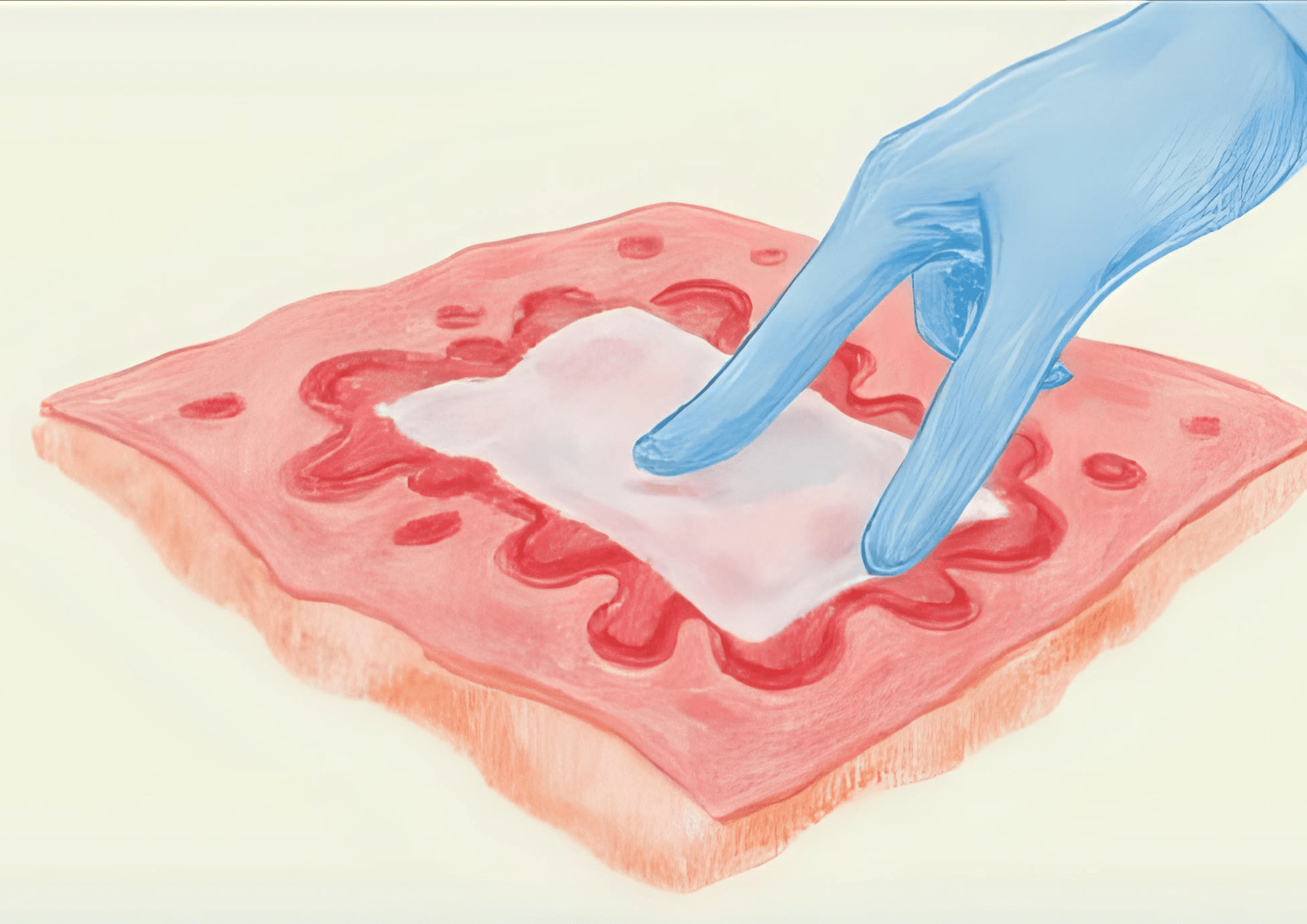11 Aug 2025
10 MIN READ
Beef Tallow: A unique blend of beauty, health, and culinary merits
Have you ever thought about what your ancestors used oils for cooking? Before the invention of the range of seed oils, beef tallow was used in recipes.
Tribal people used beef tallow as waterproofing for leather items, which extended their durability. Egyptians used tallow ointments to prevent skin dryness and rashes in the extreme desert climates.
Beef tallow returns to the modern wellness routines for its moisturizing properties. It is similar to the skin’s natural oils. It has anti-inflammatory qualities, too.
Food-grade beef tallow dominates among other beef tallow products because it is in high demand for creating savories. It is widely used in the United States, Australia, and some regions of Europe.
Knowing about Beef tallow
Beef tallow is the fatty layer around the cattle's organs. It is made up of lipids. Simply, it is called animal fat.
Heating the solid animal fat on a low flame liquifies the fat to yield tallow. Some factors making beef tallow a daily choice for many are:
-
It is solid at room temperature
-
It has a high smoking point (the temperature at which the fat melts)
-
It is white or yellow when solid
-
It was used for candle-making in the past
-
It has vitamins A, D, E, and K
-
It has mono-unsaturated fats like linoleic acid and stearic acid.
Beef tallow for healthy skin
Beef tallow has healed the skin through generations. Let us learn about them in detail.
Skin healing
-
Softens skin
-
Locks the moisture
-
Restores skin elasticity
-
Descars the wounds
As an antioxidant
-
Reduces cell oxidation
-
Prevents hard plaque deposition in the arteries
For wrinkles
-
Anti-inflammatory agent
-
Prevents dark spots around the eyes
-
Minimizes wrinkles and fine lines
Beef tallow blends well with cooking
Beef tallow supports intense heat cooking to give fried and roasted delicacies a caramelized flavor and velvety smoothness.
Beef tallow
-
Gives a crunchy texture to vegetables or meat.
-
Adds a rich and caramelized appearance to the recipes
-
Creates a crust on the outer layer of meat while keeping it juicy inside
-
Replaces butter in bakeries to reveal multiple layers of dough
People can infuse garlic and herbs to enhance the flavors of tallow.
Beef tallow is stable, enhanced by its fat content. Hence, it can bear high temperatures of cooking without creating smoke.
Beef tallow has omega-3 and omega-6 healthy fatty acids that do not add to the body's cholesterol.
Beef tallow restores the goodness of olive oil, mustard oil, groundnut oil, seed oil, or vegetable oil.
Beef tallow benefits apart from cooking
Beef tallow provides multiple benefits beyond its culinary excellence. They include:
Skin
-
Beef tallow moisturizes dry or sensitive skin.
-
It repairs skin from eczema or dermatitis.
-
It has vitamin E, which prevents loose radicals, reducing anti-aging signs.
Hair
-
Beef tallow is rich in multiple vitamins.
-
It strengthens hair strands to promote hair growth.
-
It hydrates the scalp to prevent dryness.
-
It eliminates dandruff and irritation.
-
It smoothes hair frizz and gives it a glow.
Joints
-
Beef tallow greases the joints.
-
It relieves mobility discomfort.
-
It prevents joint stiffness.
-
It heals joint inflammation due to arthritis.
Additional uses of beef tallow
Beef tallow has recently been introduced in several sectors, like:
-
Candle art
-
Soap making
-
Developing a non-stick surface on cast iron
-
Prevents iron from rusting
-
Making biodiesel
Beef tallow is made from animal waste and fats, which would otherwise be discarded. Thus, it is a sustainable product.
An overdose of beef tallow can adversely affect you
The American Heart Association approves 10% of fats as total calories daily. For instance, if you take 1500-calorie meals, the approved amount of saturated fats would be 15 grams.
What if someone overeats beef tallow?
-
Raises cholesterol levels
-
Raises bad cholesterol, lowers good cholesterol
-
Elevates the risk of heart attacks
-
Deterioration of cardiovascular diseases, causing death
How do advanced techniques help to rear beef tallow?
Present beef tallow yielding techniques involve boiling or microwaving. These methods minimize the processing time and optimize the efficient tallow extraction. Other techniques are:
Rendering high-quality tallow
Animal fat should be heated on a low flame for gradual conversion into tallow. Stirring occasionally is essential to melt the fat. Strain the tallow to clear impurities.
Skincare products
Beef tallow is used in multiple skin refreshments like anti-aging creams, sunscreens, anti-acne ointments, body lotions, moisturizers, and bone marrow creams.
Storage and preservation
Tallow has saturated fats, which extend the lifespan of meat preserved with it. In addition, refrigeration extends the preservation.
Daily use of beef tallow
You may cautiously use beef tallow in your daily routines. A few ways are given below:
For skin
Take a small amount of beef tallow and rub it in your hands to make it warm. Apply it on moist and clean skin.
An overnight application is suitable for dry and irritated skin.
For hair
Apply beef tallow to your hair to clear the debris. It nourishes dry and damaged hair.
Apply twice a week for improved results.
For joints
Add beef tallow to the coconut oil and heat it. Add 15 drops of any essential oils, like Eucalyptus oil, to relieve pain. Pour the mixture into a closed container.
Apply the balm on the affected area, the balm will melt due to body heat and provide relief.
For cooking
Fry veggies, meat, or cheese in beef tallow to add a rich flavor to your meal.
Maintain the approved quantity of 10% calories from fats to retain your healthy heart.
Is beef tallow already in your daily routine?
Beef tallow has several benefits for our bodies. It refreshes the skin, repairs damaged hair, alleviates joint pain, and enriches your daily meals. It keeps meat fresh for a long time. What is your style of blending beef tallow to enrich your health?



